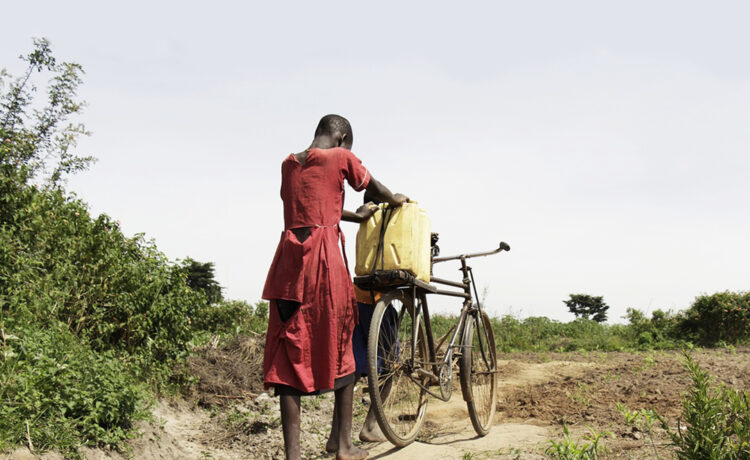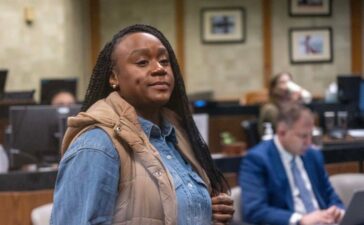The Third South Summit brought together the 135 members of the Group of 77 and China (G-77/China) to boost South-South cooperation on trade, investment, sustainable development, climate change, poverty eradication, and digital economy, among other areas. Members emphasized that “reforms of the international financial architecture should better reflect the needs and priorities of developing countries and include a lasting and fair solution to the debt crisis.”
The largest coalition of developing countries in the UN convened in Kampala, Uganda, from 21-22 January 2024 to articulate and promote its collective interests and to enhance its joint negotiating capacity in the UN system. The Summit was held on the theme, ‘Leaving No One Behind.’
In the Third South Summit Outcome Document, member countries reaffirm that “there can be no sustainable development without peace and no peace without sustainable development” and call for a “just and peaceful solution of the Palestinian-Israeli conflict.” Leaders reiterate that the 2030 Agenda for Sustainable Development, the Addis Ababa Action Agenda (AAAA), the Paris Agreement on climate change, the New Urban Agenda (NUA), and the Sendai Framework for Disaster Risk Reduction (DRR) “shall be implemented in their entirety… in line with the principles of multilateralism and international cooperation.”
Highlighting the 2030 Agenda’s universality, member countries reaffirm poverty eradication in all its forms and dimensions, including extreme poverty, as “the greatest global challenge and an indispensable requirement for sustainable development.” In this context, they “stress the importance of adequate means of implementation… and call upon developed countries to… commit to a new phase of international cooperation through a strengthened and scaled-up global partnership for development.”
Leaders stress the need to strengthen the role of the UN General Assembly (UNGA) and the Economic and Social Council (ECOSOC) in dealing with the international financial architecture reform and urge multilateral development banks (MDBs) to “meet the financing needs of all developing countries, including low- and middle-income countries [(LMICs)], through concessional finance and grants.” Among other solutions, they call for scaling up debt swaps for the SDGs, including debt swaps for climate and nature.
In his remarks to the Summit, UN Secretary-General António Guterres recognized that the global financial system “has failed to provide a global safety net for developing countries in distress.” He said the Summit of the Future in September “will consider deep reforms of the international financial architecture,” including:
- an SDG Stimulus of USD 500 billion a year in affordable, long-term finance for sustainable development and climate action in developing countries;
- MDBs’ adequate capitalization and new business models that leverage far more private finance for developing countries at reasonable cost; and
- expansion of the contingency financing for countries in need, including through the rechannelling of Special Drawing Rights (SDRs).
The Secretary-General called for existing financial commitments to be met, describing the delivery of the USD 100 billion per year in climate finance, and the doubling of adaptation finance by 2025 as “only starting points.” He urged “meaningful contributions” to the Loss and Damage Fund and encouraged the G-77/China to advocate for “an ambitious new finance goal for the future” at the 2024 UN Climate Change Conference (UNFCCC COP 29).
Addressing the Summit, UNGA President Dennis Francis echoed the Secretary-General’s message, calling for multilateral organizations, including the UN and international financial institutions, to “undergo urgent reforms to better recognize and leverage the significance of the Global South.” “We need an international financial system rooted in inclusion and equity, inspiring and bolstering full commitment to multilateralism, fostering SDG-aligned investments, and breaking the vicious cycles of debt and interest compounding for developing countries,” he said.
The Third South Summit took place back-to-back with the 19th Summit of the Non-Aligned Movement (NAM). The First South Summit was held in Havana, Cuba, in 2000. The Second South Summit convened in Doha, Qatar, in 2005. [Third South Summit] [UN News Story]

















